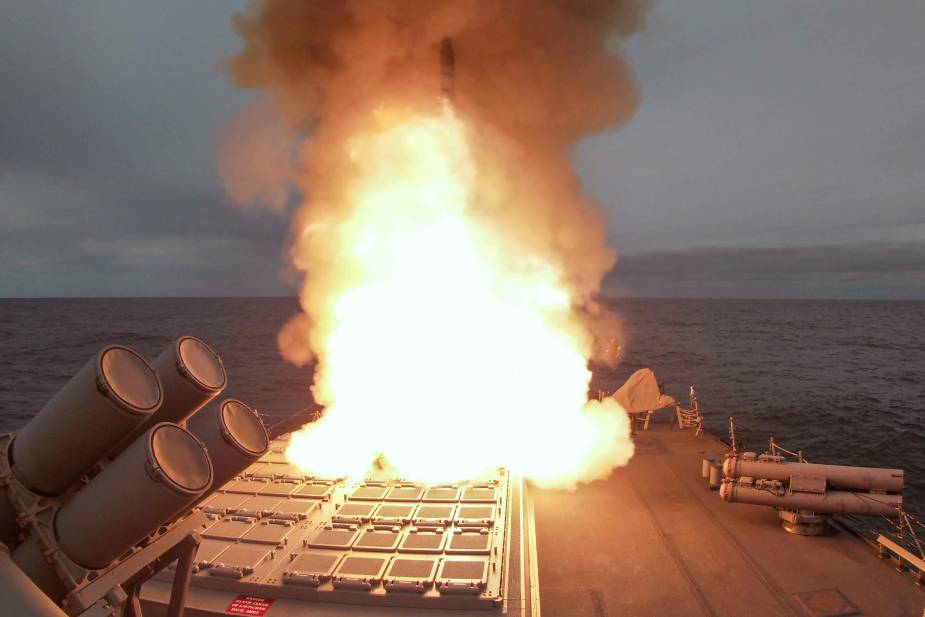Breaking news
US Navy USS Ross guided missile destroyer conducts live-firing exercise with SM-2 missile.
According to information published by the U.S. Navy on June 4, 2021, the USS Ross (DDG 71), a guided-missile destroyer of the U.S. Navy has fired a Standard Missile 2 (SM-2) at a subsonic sea-skimming target during a Live Fire With a Purpose exercise (LFWAP), June 1, 2021.
Follow Navy Recognition on Google News at this link
 US Navy USS ROSS Arleigh Burke-class guided-missile destroyer has fired SM-2 missile during Exercise At-Sea Demo/Formidable Shield 2021. (Picture source U.S. Navy)
US Navy USS ROSS Arleigh Burke-class guided-missile destroyer has fired SM-2 missile during Exercise At-Sea Demo/Formidable Shield 2021. (Picture source U.S. Navy)
LFWAP (Live Fire With a Purpose) exercise, performed routinely by surface combatants under the supervision of Naval Surface and Mine Warfighting Development Center, is a part of Ross’ participation in Exercise At-Sea Demo/Formidable Shield 2021.
At-Sea Demo/Formidable Shield 2021, conducted by Naval Striking and Support Forces NATO on behalf of the U.S. Sixth Fleet, is a live-fire integrated air and missile defense (IAMD) exercise that improves Allied interoperability using NATO command and control reporting structures.
USS Ross (DDG-71) is an Arleigh Burke-class guided-missile destroyer in service with the United States Navy. The ship was launched in March 1996 and commissioned in June 1997.
The USS Ross is armed with one 29 cells, one 61 cell Mk 41 vertical launching systems with 90 × RIM-156 SM-2 surface-to-air missile, BGM-109 Tomahawk cruise missile or RUM-139 VL-ASROC anti-submarine missiles, two Mk 141 Harpoon anti-ship Missile Launcher SSM, one Mark 45 5/54 in (127/54 mm) naval gun, two 25 mm chain automatic cannons, four .50 caliber (12.7 mm) machine guns, two 20 mm Phalanx CIWS (Close)In Weapon System) and two Mk 32 triple torpedo tubes.
The SM-2 missile is primarily used for fleet area air defense and ship self-defense, but it also has an extended air defense capability and it has a secondary anti-surface ship mission. It can also be used against incoming missiles, from very low to very high altitudes and from stationary to supersonic speeds, under a variety of weather conditions, and across a spectrum of electronic countermeasures environments. It has a range of around 166 km.





























